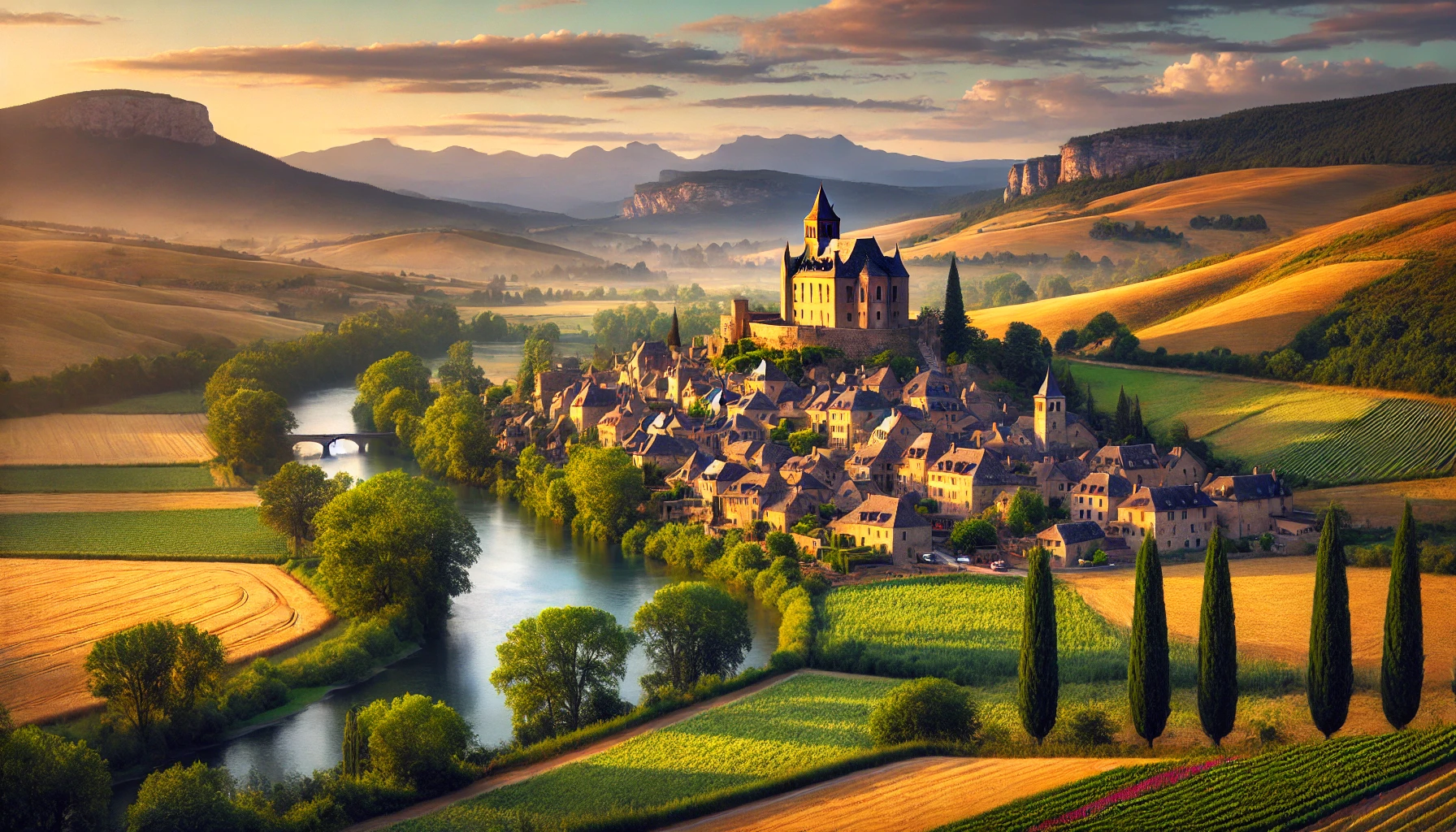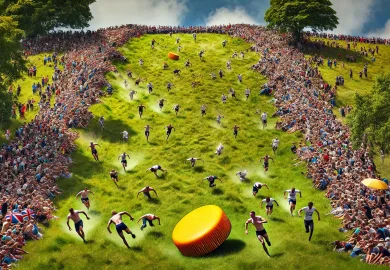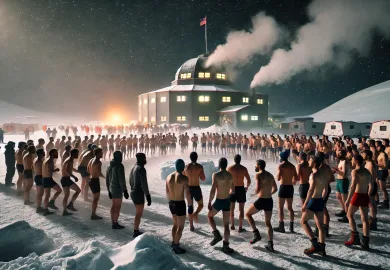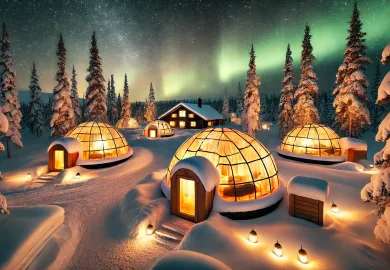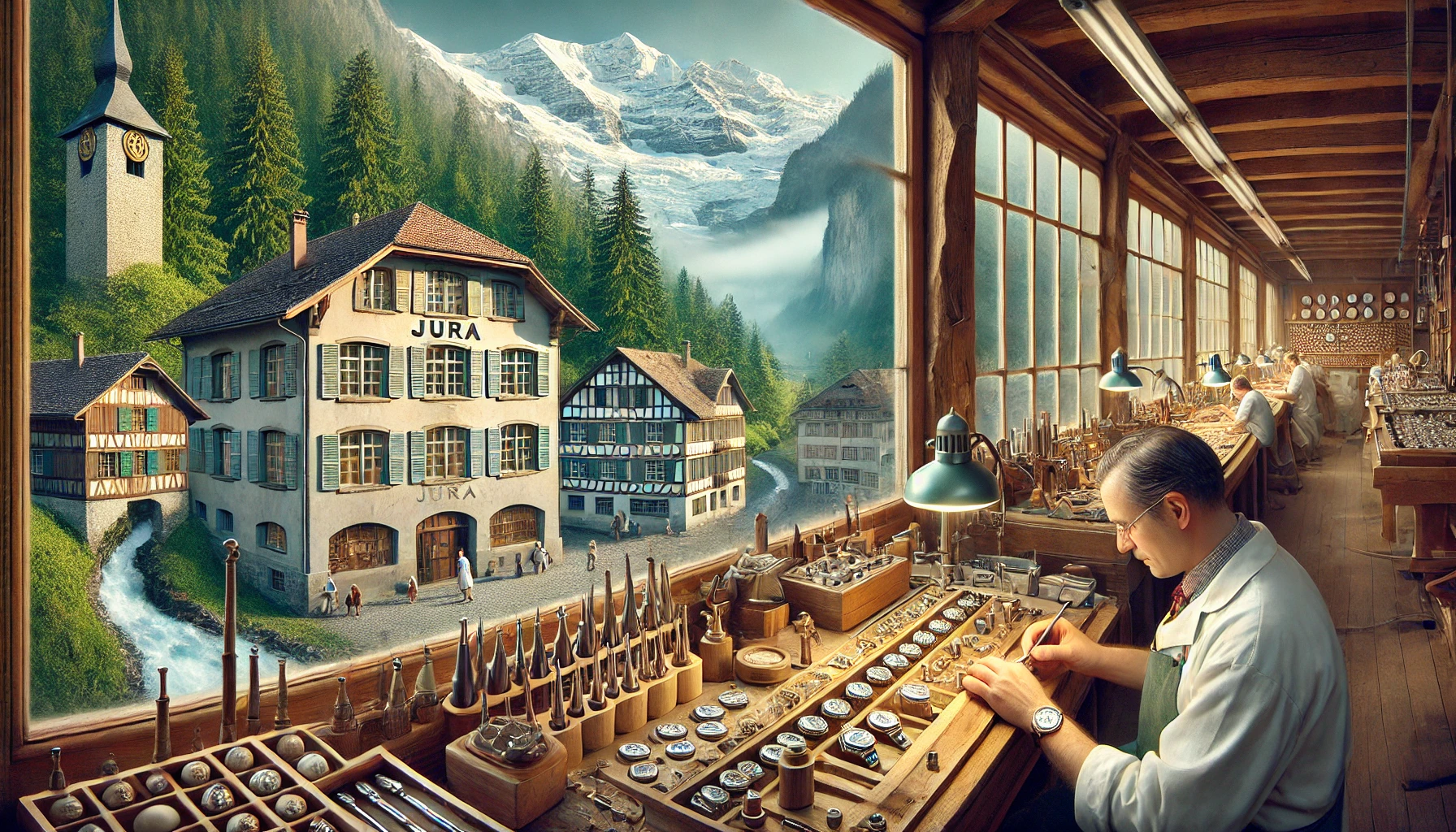
Disclaimer: This content was generated using AI. While I strive for accuracy, I encourage readers to verify important information. I use AI-generated content to increase efficiencies and to provide certain insights, but it may not reflect human expertise or opinions.
Switzerland has long been synonymous with precision, elegance, and master craftsmanship. At the heart of this association lies its world-famous watchmaking industry, an integral part of the country’s identity. The Swiss watchmaking tradition dates back several centuries, and today, the nation remains home to some of the most revered watchmaker factories in the world. In this article, we’ll take a deep dive into the fascinating history and traditions behind these iconic institutions, where timekeeping meets art and innovation.
The Origins of Swiss Watchmaking: A Rich History
Switzerland’s journey to becoming the global epicenter of watchmaking began in the 16th century. It was a time when French Huguenot refugees fled religious persecution and brought their watchmaking skills to Geneva. This sparked the development of a craft that would eventually define Swiss precision for centuries to come.
During the 17th century, Swiss watchmakers honed their skills, creating mechanical masterpieces that quickly earned a reputation for quality and accuracy. The local artisans were meticulous in their attention to detail, and this is where the Swiss movement—a term that would later become synonymous with mechanical excellence—was born.
In the centuries that followed, Swiss watchmaking evolved into a hallmark of precision engineering. By the 19th century, Switzerland’s dominance in the industry was undisputed. The Vallée de Joux, La Chaux-de-Fonds, and Geneva became the regions where this tradition flourished, with famous names like Patek Philippe, Audemars Piguet, and Jaeger-LeCoultre making their mark on the world stage. These historical Swiss watchmakers set standards that are still held in the highest regard today.
Exploring the Iconic Vallée de Joux: The Cradle of Swiss Watchmaking
Nestled in the Jura Mountains, the Vallée de Joux is often referred to as the “Cradle of Swiss Watchmaking.” This picturesque region is home to some of the most prestigious watchmaker factories in Switzerland, and visiting it is like stepping into a time capsule of horological history.
For centuries, the isolated location of the Vallée de Joux meant that watchmakers in the area were forced to develop innovative techniques to survive. The cold winters provided ample time for artisans to perfect their craft, and this dedication to excellence gave birth to some of the world’s most complicated timepieces. Many of these watches feature multiple functions such as perpetual calendars, minute repeaters, and moon phases—hallmarks of Swiss watchmaking expertise.
Today, visitors to the Vallée de Joux can tour the factories of brands like Audemars Piguet and Jaeger-LeCoultre, where centuries-old techniques are still used to create modern marvels. The region is also home to the Musée Atelier Audemars Piguet, a museum that showcases the history and craftsmanship of the brand, offering a unique look into the inner workings of these legendary timepieces.
La Chaux-de-Fonds: A UNESCO World Heritage Site of Watchmaking
Another significant center of Swiss watchmaking is the town of La Chaux-de-Fonds, located in the Jura mountains. Recognized as a UNESCO World Heritage Site for its contribution to the industry, this town was meticulously designed with watchmaking in mind. The city’s grid-like layout was crafted to maximize natural light for the watchmakers’ workshops, a key factor in producing intricate timepieces.
La Chaux-de-Fonds became a hub of innovation during the 19th century, as industrialization took hold and watchmakers began to incorporate new technologies into their processes. The town was home to renowned brands such as Girard-Perregaux and Ulysse Nardin, both of which contributed significantly to the evolution of watchmaking.
Today, La Chaux-de-Fonds remains a thriving watchmaking town. Visitors can explore the International Watchmaking Museum, which houses one of the most comprehensive collections of watches and horological artifacts in the world. The museum provides a fascinating insight into the evolution of Swiss watches, from early pocket watches to modern luxury wristwatches, making it a must-visit destination for watch enthusiasts.
Geneva: The Capital of Luxury Watchmaking
When it comes to luxury, Geneva stands at the pinnacle of Swiss watchmaking. Known as the “Capital of Haute Horlogerie,” this city is home to some of the most prestigious Swiss watchmaker factories and brands. Among them are the illustrious Patek Philippe and Rolex, two names that are synonymous with both quality and prestige.
Geneva’s association with watchmaking dates back to the 16th century, when the city’s goldsmiths and jewelers began incorporating timepieces into their designs. Over the centuries, Geneva grew into the center of luxury watchmaking, with master artisans crafting exquisite watches that are not only precise but also works of art.
One of the highlights of Geneva’s watchmaking heritage is the Patek Philippe Museum, which offers visitors an unparalleled view into the history of one of the world’s most revered brands. The museum showcases an impressive collection of timepieces dating back to the 16th century, as well as a display of rare and intricate watches that exemplify the art of Swiss watchmaking.
Preserving Tradition in Modern Swiss Watchmaking
While the Swiss watchmaking industry continues to evolve with new technologies, it has never lost sight of its traditions. Many of the country’s leading watchmaker factories still employ time-honored techniques passed down through generations of craftsmen. This dedication to preserving the past while embracing the future is what sets Swiss watches apart in the modern era.
In recent years, there has been a resurgence of interest in mechanical watches, with many consumers seeking out timepieces that embody the tradition and craftsmanship of yesteryear. Luxury Swiss watch brands like Vacheron Constantin, Blancpain, and Omega continue to produce exquisite watches using traditional techniques, ensuring that the art of Swiss watchmaking remains alive and well.
Furthermore, Swiss watchmakers have taken strides to incorporate sustainable practices into their production processes, demonstrating their commitment to innovation while respecting the environment. Many factories now use renewable energy, reduce waste, and strive for transparency in sourcing materials, all while maintaining the high standards that Swiss watches are known for.
Conclusion: A Legacy of Precision and Elegance
The historical and traditional watchmaker factories in Switzerland represent more than just an industry—they are a testament to the country’s commitment to excellence, precision, and innovation. From the humble beginnings in the 16th century to the luxury brands that dominate the market today, Swiss watchmaking has always been at the forefront of horological mastery.
Whether it’s the intricate complications developed in the Vallée de Joux, the innovation seen in La Chaux-de-Fonds, or the luxury that defines Geneva, the legacy of Swiss watchmaking is one that continues to inspire and captivate people around the world. For those who appreciate craftsmanship, history, and the art of timekeeping, Switzerland remains an unmatched destination for discovering the timeless beauty of the Swiss watchmaking tradition.

